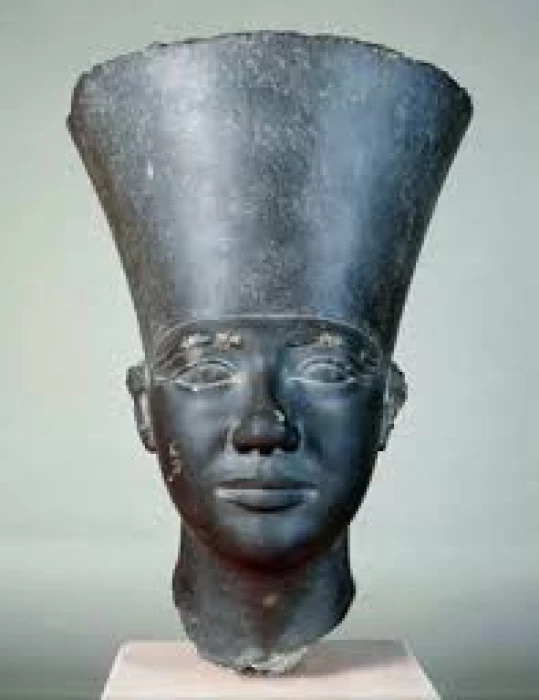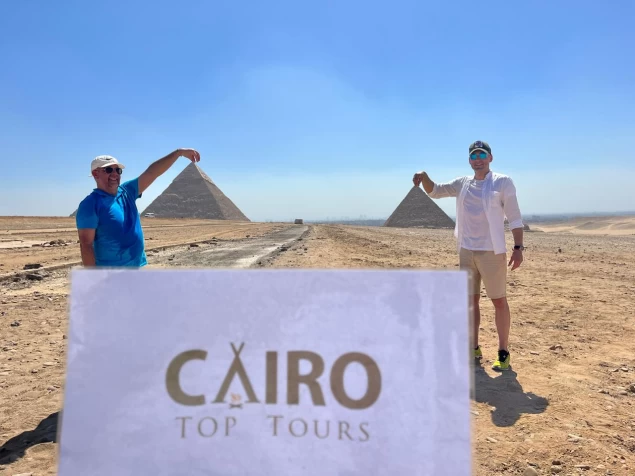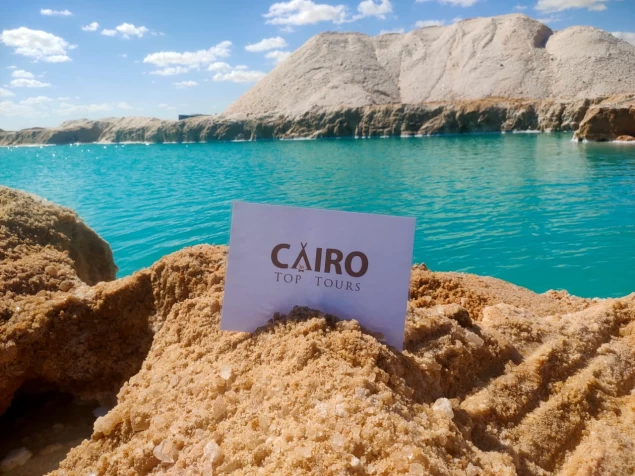
Hidden Warehouses Inside King Sahure's Pyramid
A series of warehouses inside the pyramid of King Sahara have been revealed for the first time after a joint Egyptian-German archaeological mission from the University of Würzburg working in the Abu Sir area succeeded in uncovering details about the discovery. For the first time, stores inside the pyramid of King Sahara, a significant site for Egypt Travel Packages, have been uncovered. The importance of uncovering stores inside the pyramid of Sahara, pointing out that it contributes to unveiling the architectural philosophy of the pyramid of King Sahara, the second king of the Fifth Dynasty (2400 BC) and the first king to be buried in Abusir. This discovery will become a key feature in Egypt Shore Excursions and Egypt Day Tours.
The discovered stores will be made available for future study as soon as the mission completes its work, and will be opened to receive Egyptian and foreign visitors in the near future. 8 stores inside the pyramid of King Sahara have been discovered. The number of the discovered warehouses amounted to about eight, pointing out that although the northern and southern parts of the warehouse area were severely damaged, especially the ceiling and floor, it is still possible to see the remains of the original walls and parts of the floor.
The discovered warehouses were restored and thoroughly archaeologically documented, which contributed to a better understanding of the interior design of King Sahara's pyramid. The team also succeeded in revealing the original dimensions and design of the front room of King Sahure's burial chamber, which had been damaged over time. The eastern wall was severely damaged, and only the northeast corner and 0.30 meters of the eastern wall could be uncovered, but the mission built new supporting walls to replace the destroyed ones.
The mission also succeeded in uncovering the traces of a low corridor that was mentioned by the English architect John Bering, one of the first explorers of the pyramid's interior design in 1836, who stated that this corridor was full of debris and garbage, and that he was unable to enter due to the dilapidated structural condition of the pyramid. However, he suggested that this low corridor may lead to a set of stores for the storage of funerary furniture. The Egyptian-German mission cleared the passage using the latest technology, including 3D laser scanning using the ZEB Horizon m GeoSLAM scanner.
The Egyptian-German team in collaboration with 3D Geoscan conducted a survey of the discovered areas inside the pyramid, allowing for comprehensive mapping of both the vast outer areas and the narrow passages and chambers within them. It is worth noting that the Egyptian-German archaeological mission at the site began its work in 2019 through the conservation and restoration project of King Sahurea's pyramid, supported by the American Research Center in Egypt's (ARCE) Antiquities Endowment Fund (AEF), with the aim of protecting the interior of Sahurea's pyramid.














